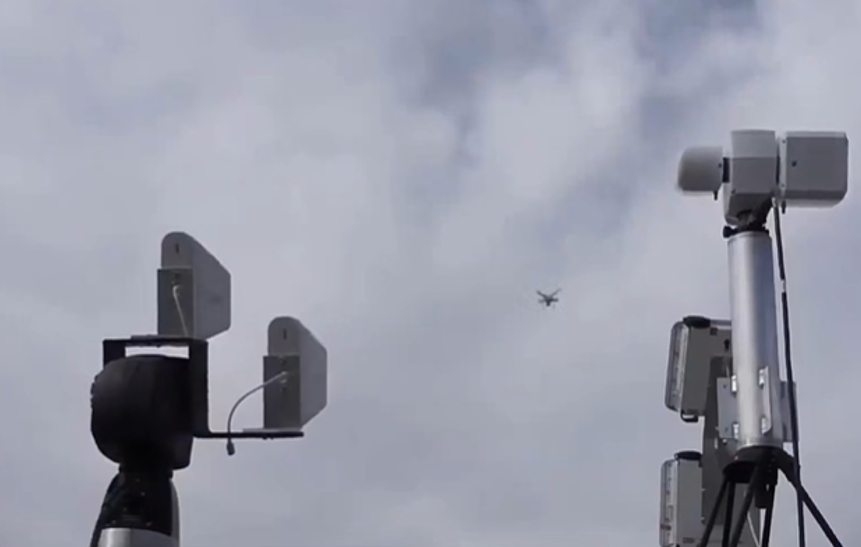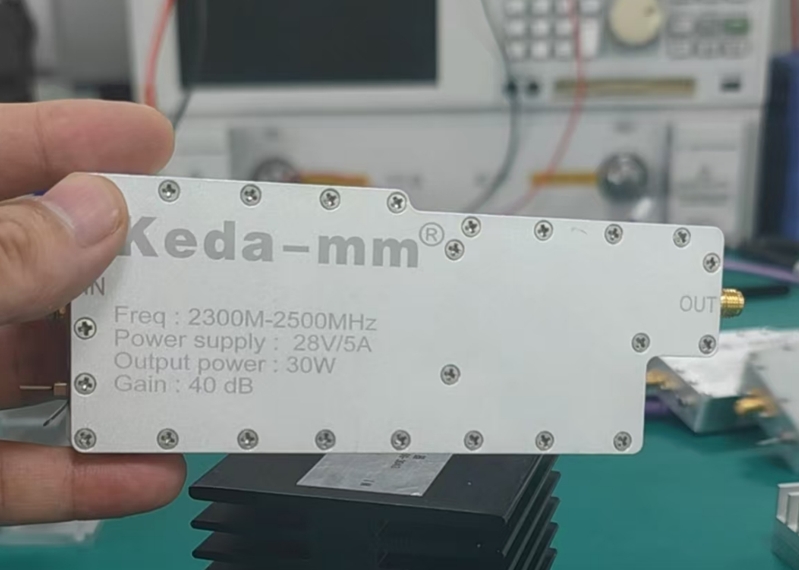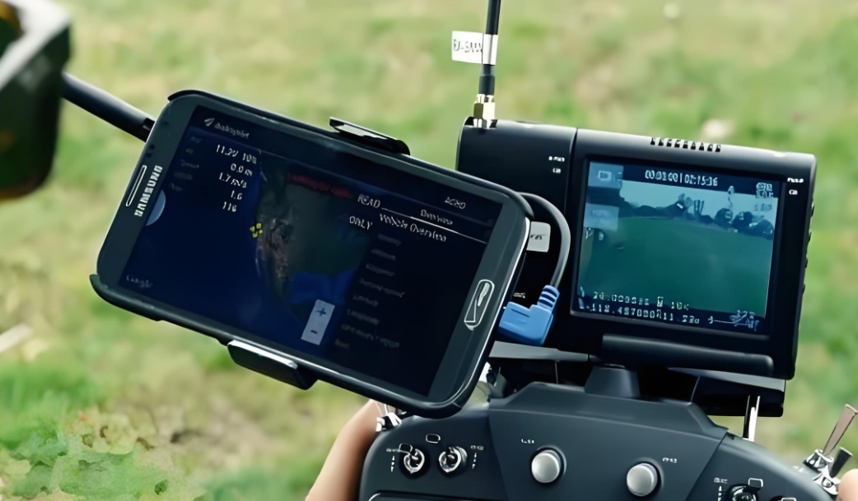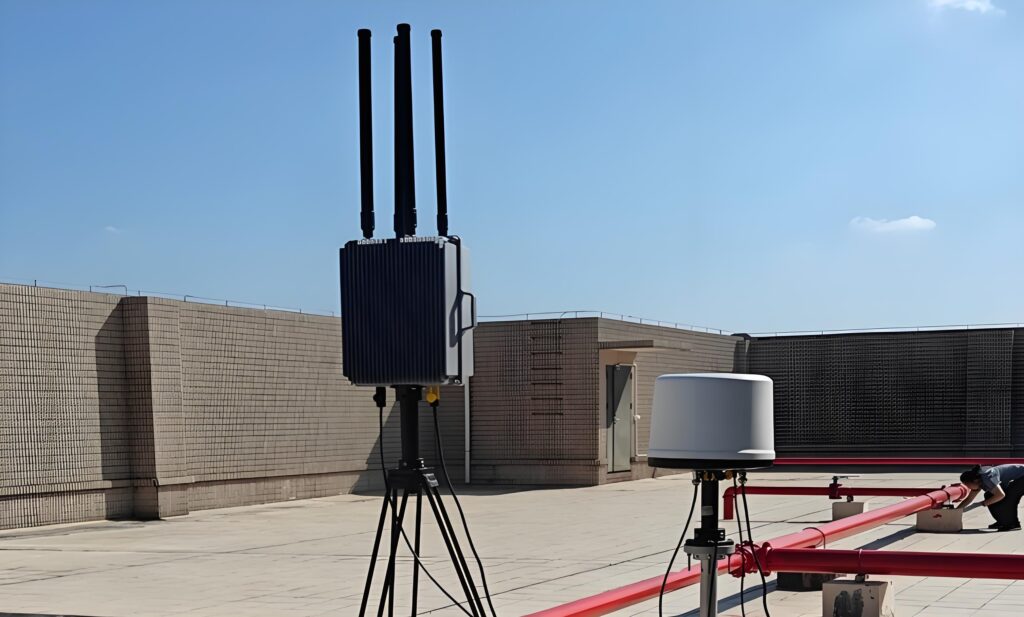
Welcome! Unlock Your First Offer Here

Welcome! Unlock Your First Offer Here

Welcome! Unlock Your First Offer Here
China's top anti-drone jammer manufacturer

Drone jammers may look like black boxes or sleek sci-fi rifles from the outside—but inside, they’re a symphony of precision-engineered components working in perfect sync to achieve one mission: disrupt drones before they become threats. Whether you’re guarding an airport, military base, or public event, understanding the architecture behind these devices helps you make smarter purchasing, customization, or deployment decisions.

So, what exactly goes into a modern drone jammer? Here are the 10 most critical components—and how each plays a vital role in the fight for airspace control.
At the core of every drone jammer is a signal generator—responsible for creating the interference signal that confuses or disables the drone.

Modern systems often use Direct Digital Synthesis (DDS) combined with FPGA chips or dedicated baseband processors to output wideband noise or pseudo-random signals. These are tuned to match the specific communication or navigation frequencies used by drones, such as GPS L1 (1575.42 MHz), GLONASS, or common ISM bands like 2.4 GHz and 5.8 GHz.
Think of it as a DJ for electronic warfare—spinning exactly the right kind of “noise” to knock a drone off its track.
A signal is nothing without power. That’s where the power amplifier comes in—boosting the low-power signals from the generator to high-wattage outputs strong enough to flood the airwaves and block drone communication.
Advanced jammers often use multi-stage amplification chains, starting with Low-Noise Amplifiers (LNAs) for clean signal shaping, followed by medium power modules, and finishing with high-power GaN (Gallium Nitride) or LDMOS amplifiers capable of producing 50W to 500W of output per band.

GaN technology is especially critical for modern systems—it offers high efficiency, low heat, and compact size, which makes it perfect for both portable and stationary jammers.
Once you’ve got your signal and power, you need to aim it—precisely. The antenna system handles this, converting electronic signals into electromagnetic energy and beaming them into the sky.

Different types of antennas suit different missions:
The antenna design can mean the difference between interfering with just one rogue drone—or taking out an entire swarm across multiple frequency bands.
Jammers aren’t fire-and-forget weapons. The control system acts as the human interface and logic controller—letting operators adjust frequency, power output, beam direction, and real-time system diagnostics.
Usually built around MCUs or FPGAs, the control unit may include a display screen, physical buttons, or even a touchscreen interface. Advanced systems allow remote control via wireless or Ethernet connections, and some include AI-based auto-mode switching for dynamic threat response.

In essence, this is the cockpit of the jammer—without it, you’re flying blind.
Whether a drone jammer is mounted on a truck or carried like a rifle, it needs clean, stable power. The power supply system ensures every internal module—from FPGA to amplifier—gets the voltage and current it needs.
Common setups include:
Without a robust power system, even the smartest jammer becomes a brick.
Heat is the enemy of electronics—especially in high-power systems. That’s why modern jammers include an active cooling system, designed to keep amplifiers and power supplies within safe thermal limits.
Cooling methods include:
A well-designed cooling system doesn’t just extend lifespan—it ensures stable jamming even during continuous operation in hot outdoor environments.
It’s not just about blasting raw power. Smart jammers modulate their signals—either as white noise, chirp jamming, or swept-frequency signals—to better confuse drone receivers while reducing unnecessary bandwidth usage.

Some modules use noise diodes, band-pass filters, and software-defined modulation patterns to generate targeted disruptions. For example, to jam DJI drones, it might use a narrow sweep between 2.395–2.495 GHz. For GPS spoofing, it might mimic L1 navigation tones with time offset.
This is where electronic warfare meets signal intelligence.
Some jammers include a detection module, turning them into dual-purpose detect-and-jam systems. Using RF scanning or spectral analysis, this module identifies UAV control links or downlink video feeds before jamming.

Advantages include:
It’s especially useful in smart cities or prison applications, where jamming indiscriminately could affect legitimate communications.
High-power amplifiers can unintentionally produce harmonics—unwanted signals at multiples of the target frequency. These can interfere with other electronic equipment or violate electromagnetic compatibility (EMC) standards.
Harmonic suppression modules, often built with low-pass filters, remove these side effects—keeping the jamming signal focused and compliant with RF regulations. This protects nearby devices and ensures the jammer doesn’t cause more problems than it solves.
Finally, a drone jammer needs a durable external shell to protect its internal components. But this isn’t just about rugged looks—it’s about real-world survivability and usability.

Key design elements:
A well-designed shell ensures the jammer is not only operational—but deployable in the real world, rain or shine.
A drone jammer isn’t just a tool—it’s a precisely orchestrated system where each module plays a critical role. The signal generator defines the threat profile. The power amplifier makes it real. The antenna shapes its direction. The control system gives it logic. And the rest—from cooling to detection—ensures it works reliably under fire.

Whether you’re procuring for defense, protecting critical infrastructure, or building next-gen counter-UAV platforms, understanding these 10 components helps you not only buy smarter—but build smarter.
Because in the fast-evolving world of drone warfare, knowing what’s inside the box may matter just as much as pointing it at the sky.